The Lascaux caves are located in France, near the village of Montignac in the Vezere Valley. They became famous when numerous Paleolithic cave paintings were discovered adorning their walls. These works of art, realistic portrayals of a variety of large animals, are estimated to be as much as 20,000 years old. The site, together with a number of other caves, has been designated a UNESCO World Heritage Site and is known as Prehistoric Sites and Decorated Caves of the Vezere Valley.
The paintings had been preserved for all this time, protected from the outside by the natural sealing of the caves. Once discovered in 1940, though, they began to deteriorate as a result of the moisture, carbon dioxide, and other environmental changes resulting from air circulation and numerous visitors to the caves. So, a replica has been constructed for visitors, and only qualified researchers are given limited access to the actual site.
Seems like a good plan, since it allows the public the chance to view replicas with lots of historically accurate context, not just pictures on the wall of a museum or some "artist's impression" of what the original site looked like. And hopefully they will succeed in preserving the originals, which offer a tangible link to the very early history of humankind.


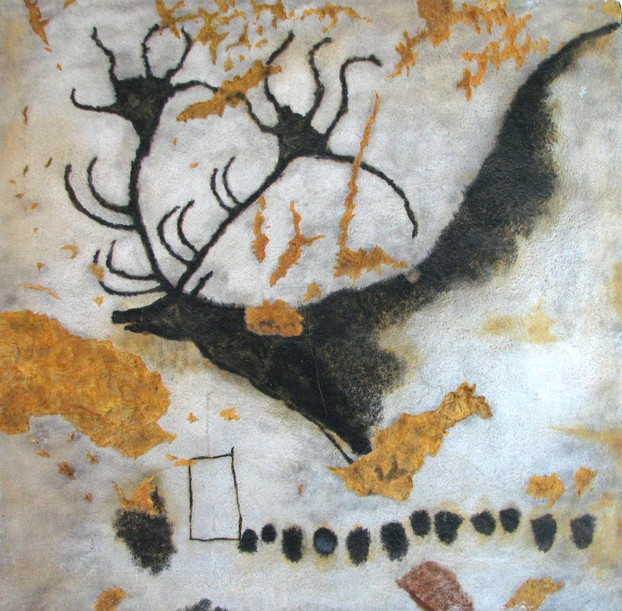

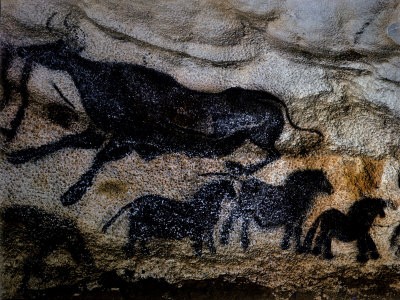
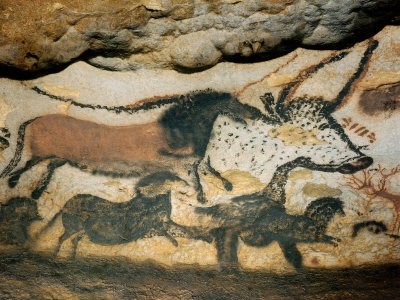

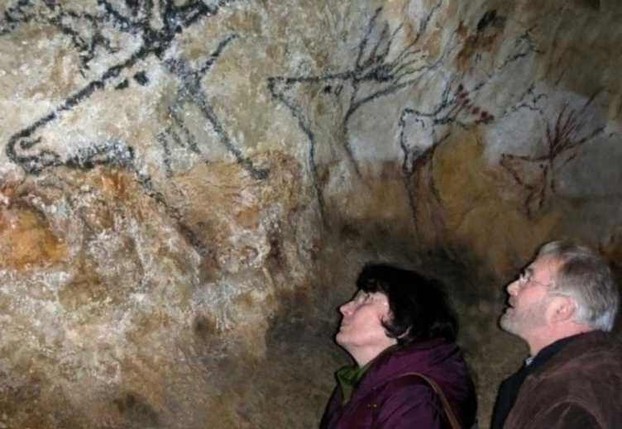

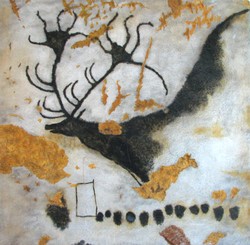

 Best "Nutcracker" Movie of all Timeon 03/08/2019
Best "Nutcracker" Movie of all Timeon 03/08/2019
 Bridges of the Hudson Valleyon 11/20/2017
Bridges of the Hudson Valleyon 11/20/2017
 Great Pyramids of Gizaon 11/14/2017
Great Pyramids of Gizaon 11/14/2017
 Mythical Phoenix Birdon 02/03/2017
Mythical Phoenix Birdon 02/03/2017

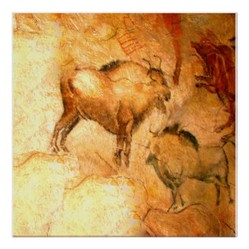
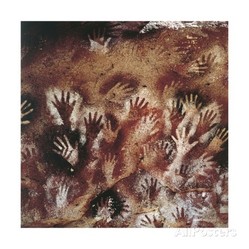
Comments
Yes. You can tell the difference between a woman's handprint and a man's because of the size of the finger next to the little one, though this is not an absolute rule. In men this finger is longer than the index finger, but in women they are the same size.
Thanks for the comment. I like that idea connecting Pointillism with dotted cave art. I haven't read that article, but that is interesting. So many women as cave artists?
jptanabe, Thank you for the backstories to the content in your lovely product line. The dotted animals always convinces me that pointillism is retro cave art ;-D.
Have you read the article, back in October 2013, by Dean Snow, "Sexual Dimorphism in European Upper Paleolithic Cave Art," in American Antiquity (published by Cambridge University) 78(4): 746-761? He suggests that hand-prints may be the left-handed signatures (spray-painted by the right) of 18 women, 5 adolescent male and 3 adult male artists in 32 instances from caves in France and the Iberian Peninsula.
Good point, there are a lot of handprints. Since they probably couldn't write their name, that would be better than just marking an X!
Many left their handprints, which might be their signature.
Oh, artist signatures, what a cool idea! It would be lovely to get to know the artists better.
So pleased with your writing about this art. I have always been fascinated by it. Truly wish the artists would have signed their names. LOL.
Yes, 3-D effects using the natural structure of the rock - wonderful!
Glad to be of service. I'm sure the children will be fascinated, adults too!
In my retirement I have tried to improve my drawing,my weakest subject, and have been inspired by the cave paintings, but I still cannot come anywhere near their standard! The visuo-spatial intelligence that they indicate is great.
The book, The Mind in the Cave, reveals that the artists interacted with the rock surface,using cracks and bumps in the rock as part of the work. Sometimes the paintings seem to leap out at the viewer, great art indeed!